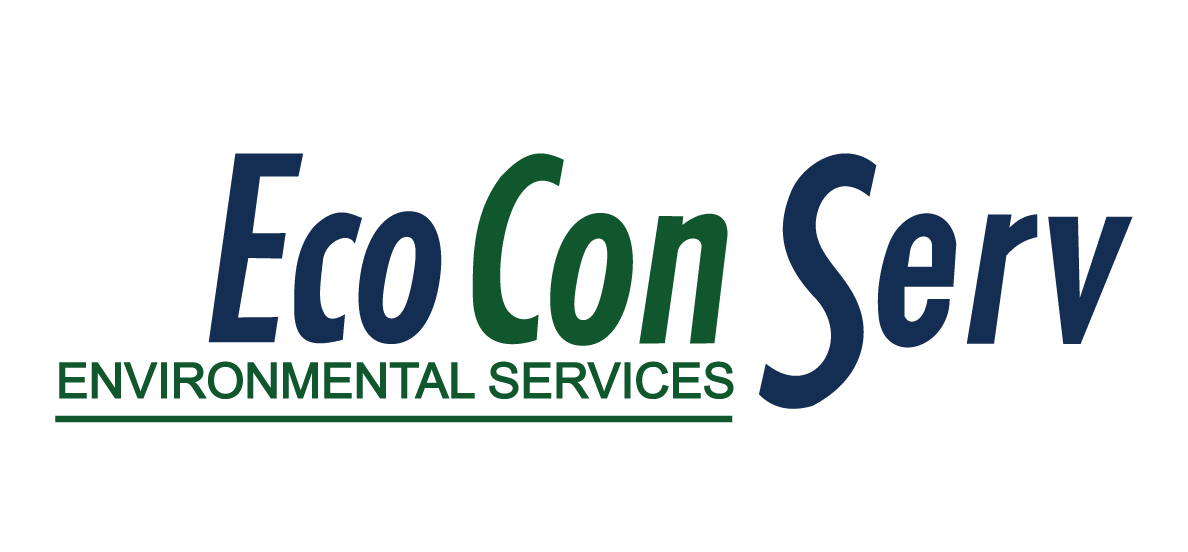The Growing Concern of Medical Waste Management
Medical waste is a critical issue in healthcare management, posing significant risks to public health and the environment. This waste includes a variety of materials, from used syringes and scalpels to contaminated dressings and expired pharmaceuticals. With the increasing complexity of healthcare services and the surge in single-use medical products, effective management and disposal of medical waste have become more important than ever.
Types of Medical Waste
Medical waste can be broadly categorized into several types:
1. Infectious Waste: Waste that may contain pathogens capable of causing infections. Examples include discarded blood, sharps, cultures, and stocks of infectious agents.
2. Pathological Waste: Human tissues, organs, body parts, and fluids. This category often overlaps with infectious waste.
3. Sharps Waste: Used or discarded needles, syringes, scalpels, and other sharp objects that can cause injury and infection.
4. Chemical Waste: Discarded chemicals such as solvents and reagents used for laboratory preparations, disinfectants, and heavy metals contained in medical devices.
5. Pharmaceutical Waste: Expired, unused, or contaminated pharmaceutical products, drugs, and vaccines.
6. Radioactive Waste: Waste containing radioactive substances, often from cancer treatments and certain diagnostic procedures.
Health and Environmental Risks
Improper disposal of medical waste can lead to serious health and environmental consequences:
– Health Risks: Exposure to infectious waste can cause diseases such as HIV, hepatitis B and C, and other blood-borne infections. Sharps injuries pose significant risks to healthcare workers and sanitation staff.
– Environmental Risks: Incineration of medical waste without proper controls can release harmful pollutants, including dioxins and furans, into the atmosphere. Landfilling untreated medical waste can contaminate soil and groundwater.
Regulatory Framework
In many countries, strict regulations govern the management of medical waste. These regulations typically outline the responsibilities of healthcare facilities in segregating, storing, transporting, treating, and disposing of medical waste. Key aspects of regulatory frameworks often include:
– Segregation: Medical waste should be separated at the point of generation into appropriate categories to facilitate safe handling and disposal.
– Packaging and Labeling: Waste must be packaged in leak-proof and puncture-resistant containers, clearly labeled to indicate the type of waste and the associated hazards.
– Treatment: Various treatment methods, such as autoclaving, incineration, chemical disinfection, and microwave treatment, are employed to render medical waste safe for disposal.
– Disposal: Treated waste is disposed of in landfills, while some types of waste, particularly radioactive waste, require specialized disposal methods.
Best Practices in Medical Waste Management
Effective medical waste management involves adopting best practices that ensure safety and compliance with regulations:
1. Training and Education: Healthcare workers should be trained in proper waste handling procedures, including segregation, packaging, and disposal.
2. Use of Technology: Advanced treatment technologies, such as autoclaves and microwave systems, can effectively sterilize infectious waste, reducing the risk of disease transmission.
3. Sustainable Practices: Reducing the volume of waste generated through the use of reusable medical supplies and minimizing the use of hazardous materials can lessen the environmental impact.
4. Monitoring and Auditing: Regular audits and monitoring of waste management practices help ensure compliance with regulations and identify areas for improvement.
Conclusion
The management of medical waste is a crucial aspect of public health and environmental protection. As the healthcare industry continues to grow and evolve, it is essential to adopt effective waste management strategies that mitigate risks and promote sustainability. By adhering to regulatory requirements and best practices, healthcare facilities can protect the health of their workers, patients, and the broader community while safeguarding the environment.
Related Tips & Advices
Feb 2020 – El Masreya Hazardous and Non-hazardous Waste Home / Tips & News Feb 2020 – El Masreya…
Medical Waste Ash: Challenges and Management Strategies Home / Tips & News Medical Waste Ash: Challenges and Management Strategies…
The Complexities and Controversies of Incineration Hazardous Waste Home / Tips & News Incineration hazardous waste, or incineration, is…




